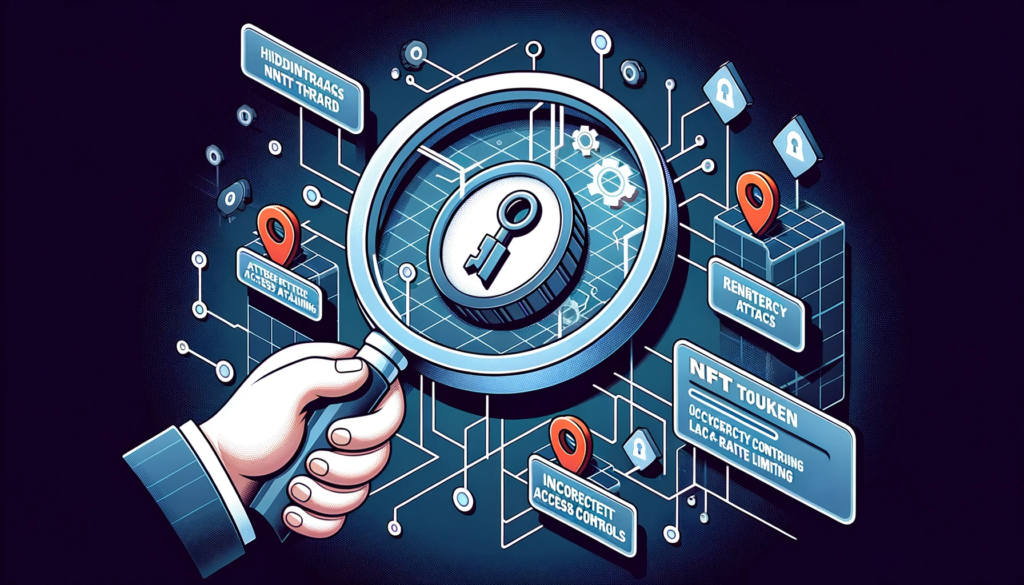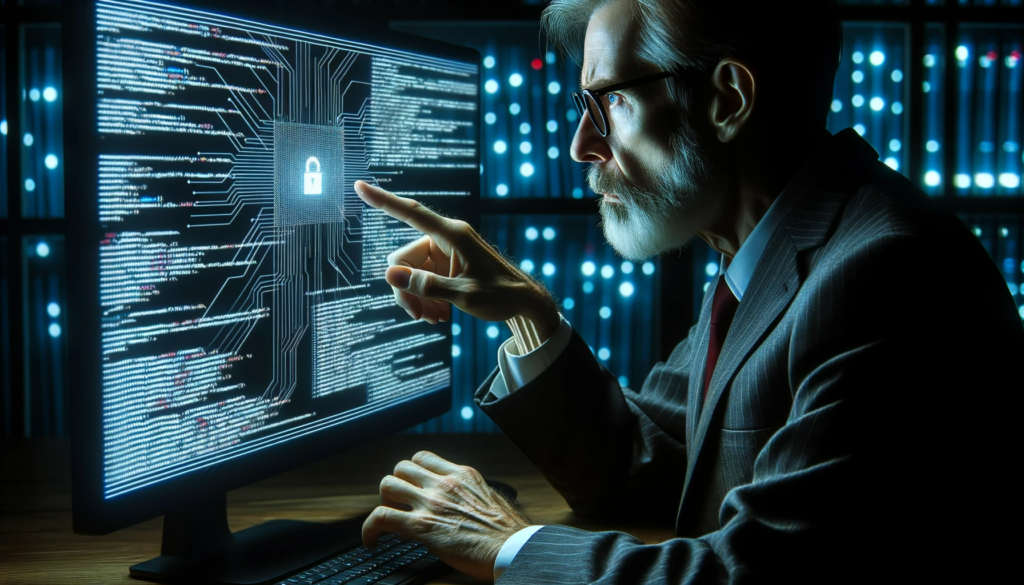In recent times, blockchain technology has thrown NFTs into the limelight, thanks to their promise of certifying uniqueness and ownership of digital assets. However, as a seasoned smart contract auditor, my encounters with NFT security issues have shown that there are potential pitfalls that could distort the trust and functionality of these digital assets.
- Personal Encounter with NFT Security Risks
- Identifying Core Issues
- The Edge of Automation in Auditing
- Client Confidence Restored
- Reflecting on NFT Security
- Embracing the Continuous Learning Curve
A Personal Encounter with NFT Security Risks
My journey into resolving NFT security issues began when a client, on the verge of launching an NFT marketplace, reached out with a veil of worry clouding his enthusiasm. The thought of security threats was a dark cloud threatening to rain on his parade, potentially thwarting his ambitious project before it even set sail.

Identifying Core Issues
On stepping on board, the initial move was to deploy automated scans on the client’s smart contracts. The findings were a stark revelation. There were glaring issues that, if left unaddressed, could lead to either loss of funds or NFTs.
- Reentrancy Attacks: The contracts were susceptible to reentrancy attacks, an age-old yet still prevalent dilemma in smart contract coding. This loophole could allow an attacker to siphon funds from the contract by recursively calling its functions.
- Incorrect Access Controls: The smart contracts were lacking in robust access controls, a gateway for unauthorized entities to alter the contract state, or even mint and transfer NFTs unlawfully.
- Lack of Rate Limiting: Absence of rate limiting left the contracts vulnerable to front-running and DoS attacks, potentially halting operations or causing financial loss.
The Edge of Automation in Auditing
The automated auditing tools were a boon, swiftly pinpointing these issues which facilitated a speedy response to fix them. The tools meticulously scanned the code for known vulnerabilities, thus saving invaluable time and ensuring a thorough audit.

Client Confidence Restored
Post-audit, the cloud of worry lifted off my client’s face as he could now proceed with launching his NFT marketplace with a notably reduced risk profile. The identified and resolved NFT security issues were a passageway to a smoother launch.
Reflecting on NFT Security
This endeavor not only fortified the trust my client placed in me, but also emphasized the crucial role of meticulous smart contract auditing in addressing NFT security issues. As NFTs continue to reshape digital ownership, it’s imperative that the foundational smart contracts are foolproof to uphold their end of the bargain.
Embracing the Continuous Learning Curve
The ever-evolving nature of blockchain technology presents a perpetual learning curve. Each project undertaken is a new lesson, broadening my comprehension and honing my skills, gearing me up for the ensuing challenges in tackling NFT security issues. With continuous learning and effective utilization of automated auditing tools, I aim to contribute towards making the NFT space more secure and trustworthy for all stakeholders.
Further reading: Mastering NFT Security in a Digital World
Sources:
